Fascia Bodywork
What is Fascia?
Fascia originally means a thin membrane like a sheet.
Structure of Fascia
Until now, the membrane that wraps the muscles (deep muscle layer) was called fascia and it was thought that there were superficial and deep layers, but it has now been discovered that the superficial fascia wraps not the muscles but the subcutaneous tissue (= subcutaneous fat).

Superficial fascia helps the skin and muscles slide and protects the muscles from external forces. If the connection loosens, the skin cannot escape the impact and the muscles are more likely to be damaged. Furthermore, because they are intertwined with each other in a mesh-like network, pulling on one part often leads to overall tension and imbalance.
Deep fascia is a fibrous white membrane that covers the muscles themselves, covering individual muscles and muscle groups and supporting them from the inside and outside. It has the functions of fixing, restricting contraction, and reducing friction with other muscles. Under normal conditions, the space between the fascia is filled with tissue fluid, which acts as a lubricant and reduces friction between muscles. If the friction between muscles is too weak, the fuzz (villi) are more likely to adhere to each other. Fascia is sensitive to pain because it is home to countless nerve cells (receptors and free nerve endings).
Classification of deep fascia
- ① Epimysium (= epimysium): Wraps muscles and connects to tendons and ligaments.
- ② Perimysium: Wraps muscle bundles and connects to tendons and ligaments.
- ③ Endomysium: Wraps individual muscle fibers (collagen fibers)
- ④ Tendons and ligaments: Connects muscles to bones and bones to bones. Elongation rate is 4-5%. Partial rupture occurs at 6%, and rupture occurs at 8%.
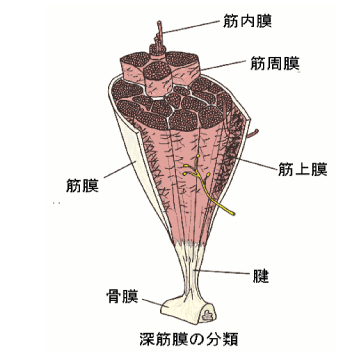
The relationship between stiffness, injury and fascia
When fascia adheres to each other, it is called fuzz (literally cotton wool). When we stretch when we wake up, it is an unconscious movement that removes fascial adhesions from the sides of the chest to the shoulders and allows the adjacent tissues to slide smoothly.

The mechanism by which pain and discomfort due to stiffness occur may be the following changes.




If adhesions have just formed, you can restore interfascial slippage by stretching, simple stretching, and exercise. However, fascial adhesions that have built up over weeks, months, years, or even decades are difficult to heal naturally. In such cases, it is not possible to separate the fascia with a scalpel, so a doctor will inject saline or a local anesthetic into the adhesion to separate it, while an acupuncturist will insert a needle tip into the fascia and perform acupuncture to remove the adhesion. In many cases, the discomfort felt at the site of injury as an aftereffect of a pulled muscle or fracture is also caused by fascia.
Intervention examples at Medical Japan
Deep myofascial release (quadratus lumborum)
The quadratus lumborum is a muscle in the lower back that is involved in spinal stabilization and lateral bending movements. This muscle can cause tension and pain if overused, especially when sitting or standing for long periods of time or lifting heavy objects.
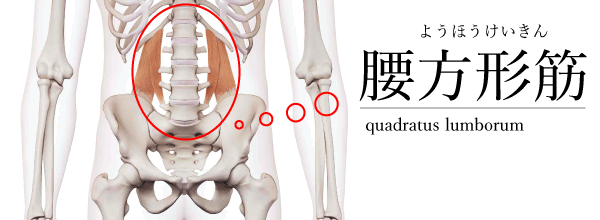
This time, we will perform deep myofascial release of the quadratus lumborum muscle to relieve tension and fascial adhesions.
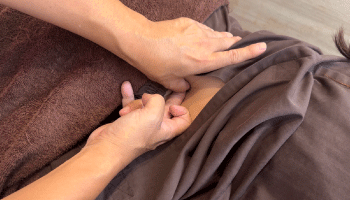
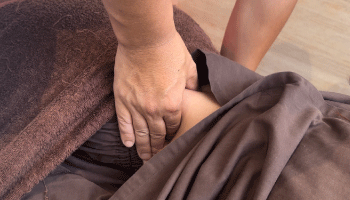
Symptoms: Difference in lateral bending-Before/after-

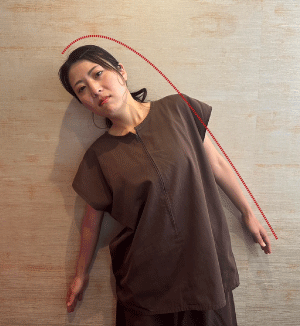
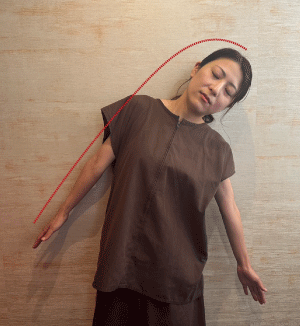
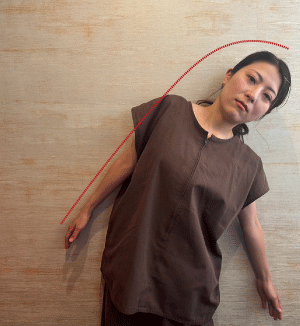
Superficial Fascial Release
The latissimus dorsi and teres major are muscles that connect the upper limb to the thorax and spine, playing a crucial role in movements such as adduction, abduction, and rotation of the upper limb. When these muscles become excessively tense, they can cause shoulder stiffness and restricted shoulder movement.
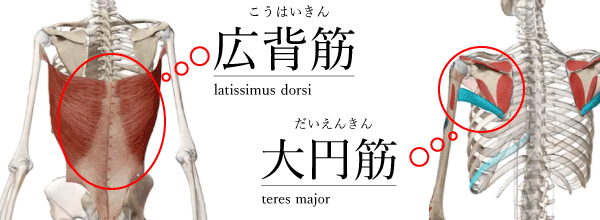
This time, we will perform a superficial fascial release of the latissimus dorsi and teres major to relieve tension and fascial adhesions.
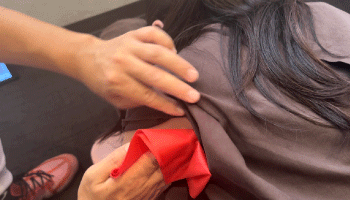
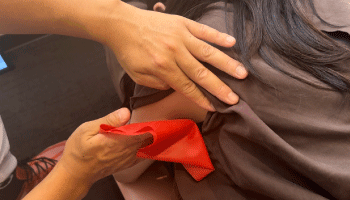
Symptom: Shoulder Stiffness – Before/After –
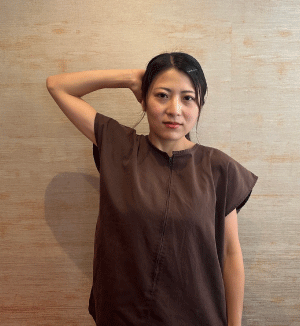
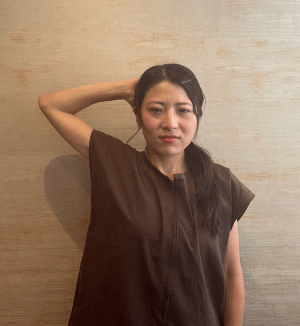
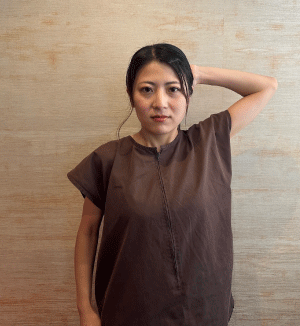
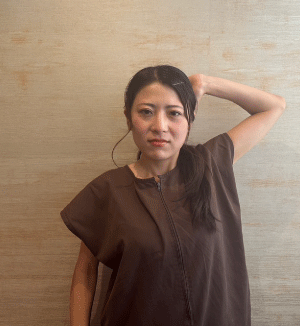
2D Ultrasound Screening of Fascia
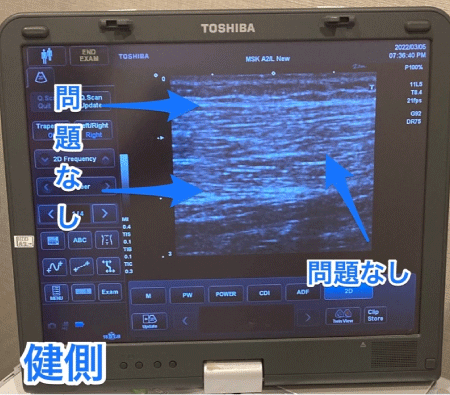
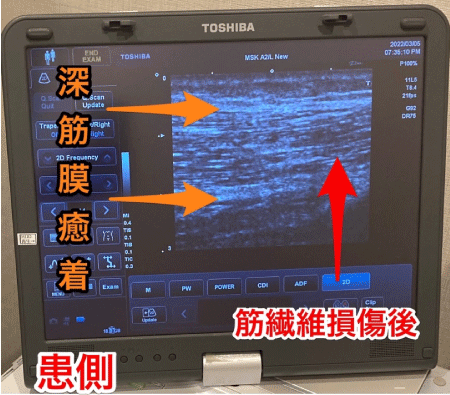
The five signs of inflammation after injury (swelling, pain, functional impairment, fever, and redness) have disappeared, leaving only a sense of discomfort. Thickening and adhesion of the deep muscle layer on the affected side can be confirmed under ultrasound.
- 01. Medical Equipment
- 02. Ito Ultrashort Wave 530 Therapy Device (3DMENS Mode → Pro-EMS Mode)
* From tissue regeneration to muscle pump action - 03. Acupuncture (Retained Needling → Motion Acupuncture)
* From anti-inflammatory analgesia to adhesion improvement - 04. Manual Therapy (PRICES → Transverse Stretch)
* From anti-inflammatory analgesia to adhesion improvement, and other interventions